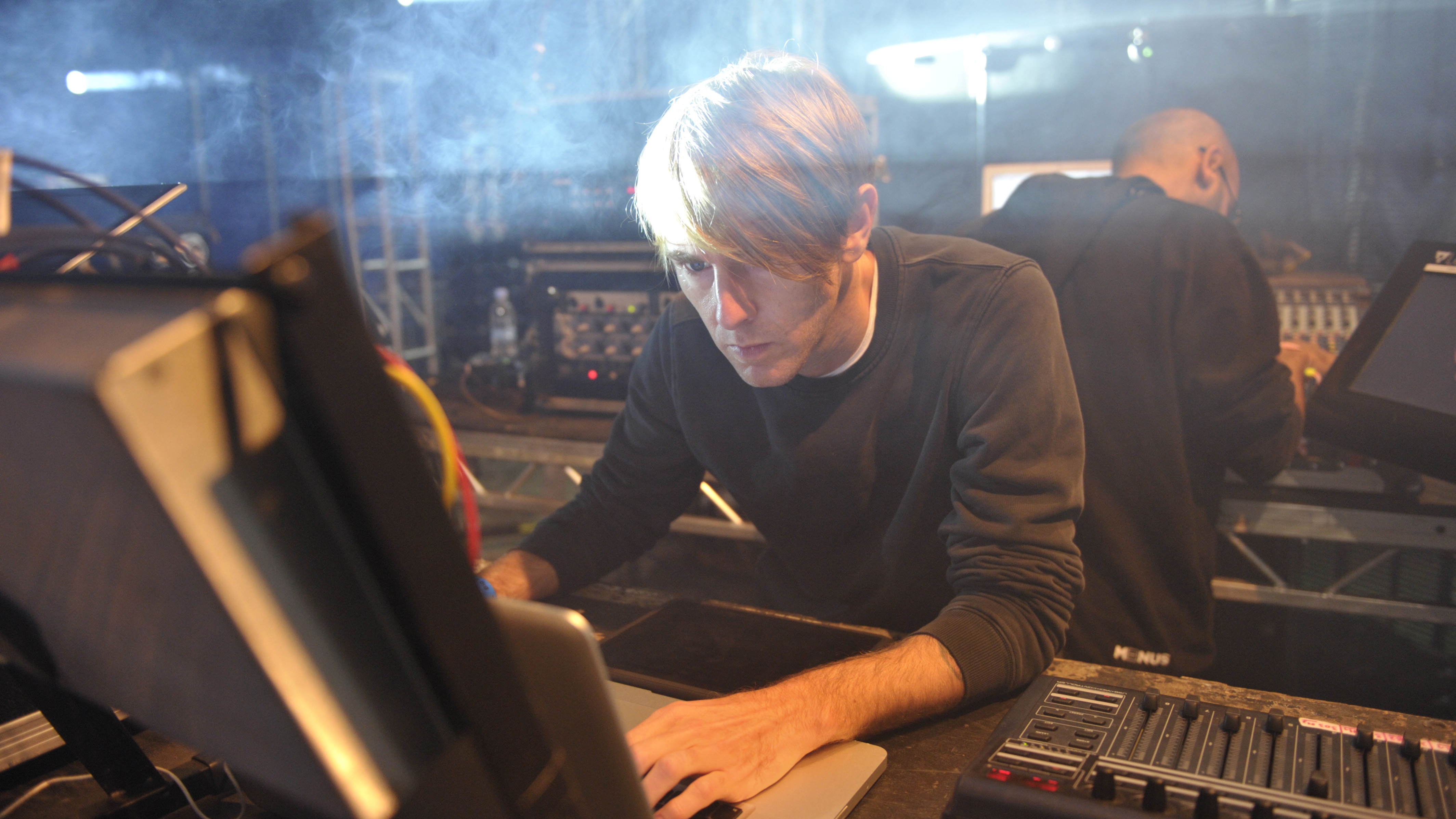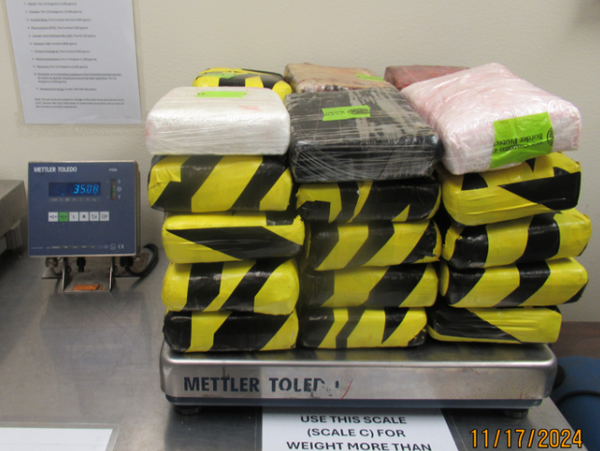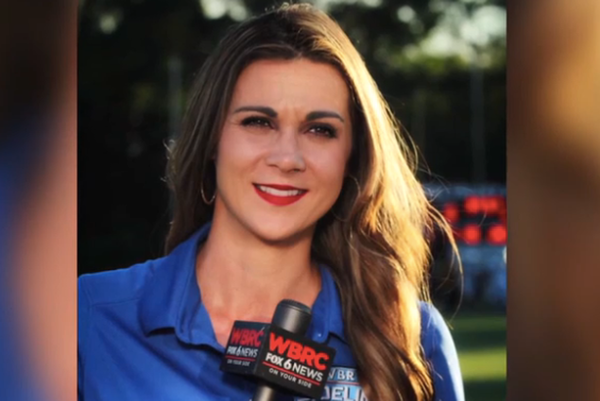
It’s no exaggeration to say that Warp Records’ run of Artificial Intelligence albums contain some of the most influential electronic music of the 1990s, if not all time.
Kicked off by the compilation of the same name, the Artificial Intelligence series encompassed albums from artists including Aphex Twin (as Polygon Window), Black Dog Productions, Autechre and Speedy J – and inspired the somewhat maligned genre tag of Intelligent Dance Music, or IDM.
Nestled in amongst those albums is Dimension Intrusion, the debut full-length from Richie Hawtin, working under his F.U.S.E. alias. As a Canadian, Hawtin was something of an anomaly among the largely British and European roster of Warp at the time.
Having grown up in Windsor, Ontario, just across the river from Detroit, Hawtin’s music showed more of a direct link to the US roots of techno. Working with a stripped back setup, Dimension Intrusion was the product of Hawtin’s hardware synths, samplers and drum machines working in unison, creating long, fluid jam sessions that would later be edited down into the tracks that appeared on the final album.
“The studio was at my parents’ house,” Hawtin told Future Music in 2023, around the album’s 30th anniversary reissue. “I had all the Roland stuff synced up. So, 101s, 303, 808s, 909s. A [Sequential Circuits] Pro One. Then a [Kawai] Q80 and [Korg] Wavestation A/D.
“I would sit on the Wavestation with the Q80 and work on ideas. Then go back into the studio, and revisit them. Everything was recorded live to DAT, then moved to 2-track reel-to-reel at 15 IPS. Then I’d edit, because some tracks were 40 minutes long.”
As characteristic as those machines are in their own right, one track in particular – created during one of Hawtin's epic late-night recording sessions – captured a particularly distinctive sound, thanks to the intrusion of a near-biblical sounding weather event.
“I’ve tried for years to get the feeling back of some of these tracks – it was just a moment in time, the way the kick, bassline, and reverbs all kind of moulded together."
“It was this crazy lightning storm,” Hawtin explains. “And, at that point all my equipment kind of glowed, and then shut down. You know, it sounds like I’m making this up… but something happened.
“After that, there was something wrong with my Wavestation,” Hawtin recalls. “It was even more distorted. After that, I probably made some of the hardest tracks I ever did.”
The track in the works at the time of that lightning strikes was Train-Trac.1, the first in a series of rolling, locomotive-inspired techno joints.
“It affected my Korg Wavestation A/D, which was designed by an old friend of mine who passed away, Dave Smith,” Hawtin explains. “Something must have happened to that, because it was even more distorted now. And that started me down a path of trying to use it.
“I also lived next to a train track, so it references that. It’s definitely a harder track. I also made a couple of other EPs which came out on the Probe label. All drum tracks, slightly distorted, and hard.”
Was this a case of divine intervention from the techno gods? Or simply a warning about using analogue gear during adverse weather conditions? Either way, with or without the input of lightning, Hawtin recalls that there was something special about that simple, machine-focused setup behind his early recordings. Something that he’s found hard to recreate in the decades since.
“There’s no one around, and you’re just kind of living with the machines, which is what I love to do in the studio,” he says. “I’ve tried for years to get the feeling back of some of these tracks – it was just a moment in time, the way the kick, bassline, and reverbs all kind of moulded together.
“I wouldn’t say it’s the best mix in the world. I don’t think you could make a good mix of that, because it just needs to be throbbing. But, you can hear the prototype of the Hawtin ‘acid’ sound.”







